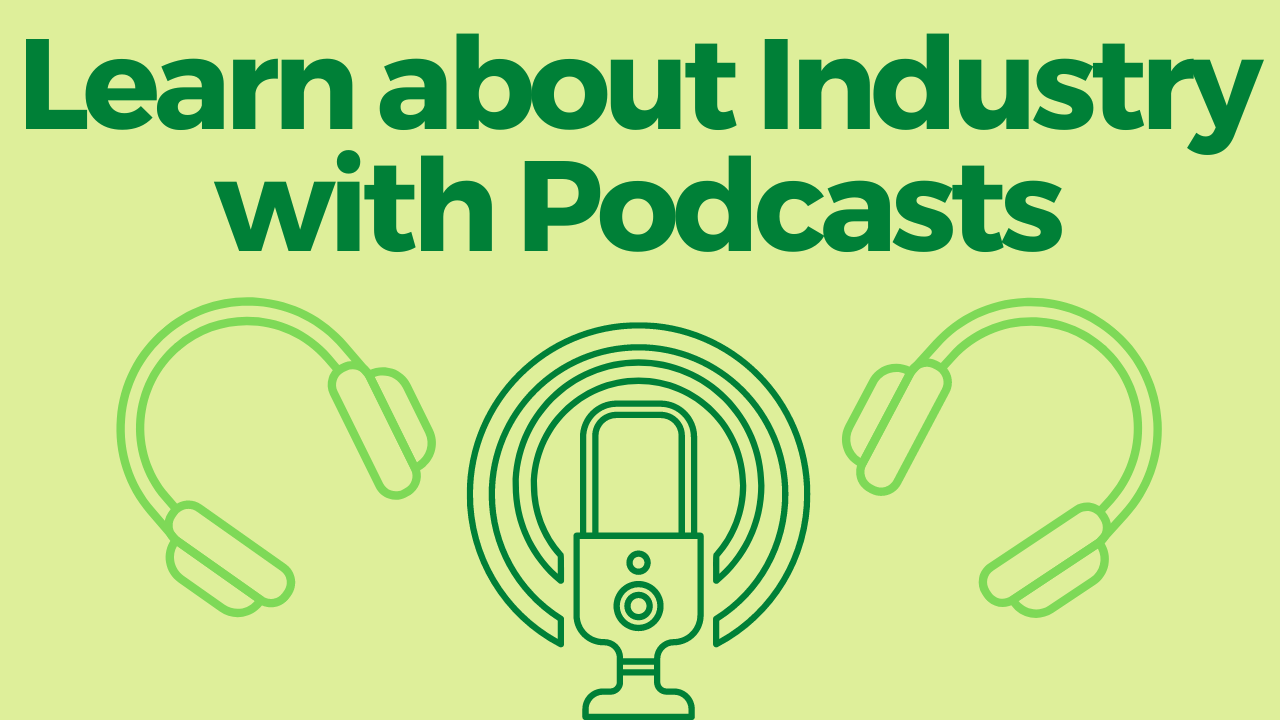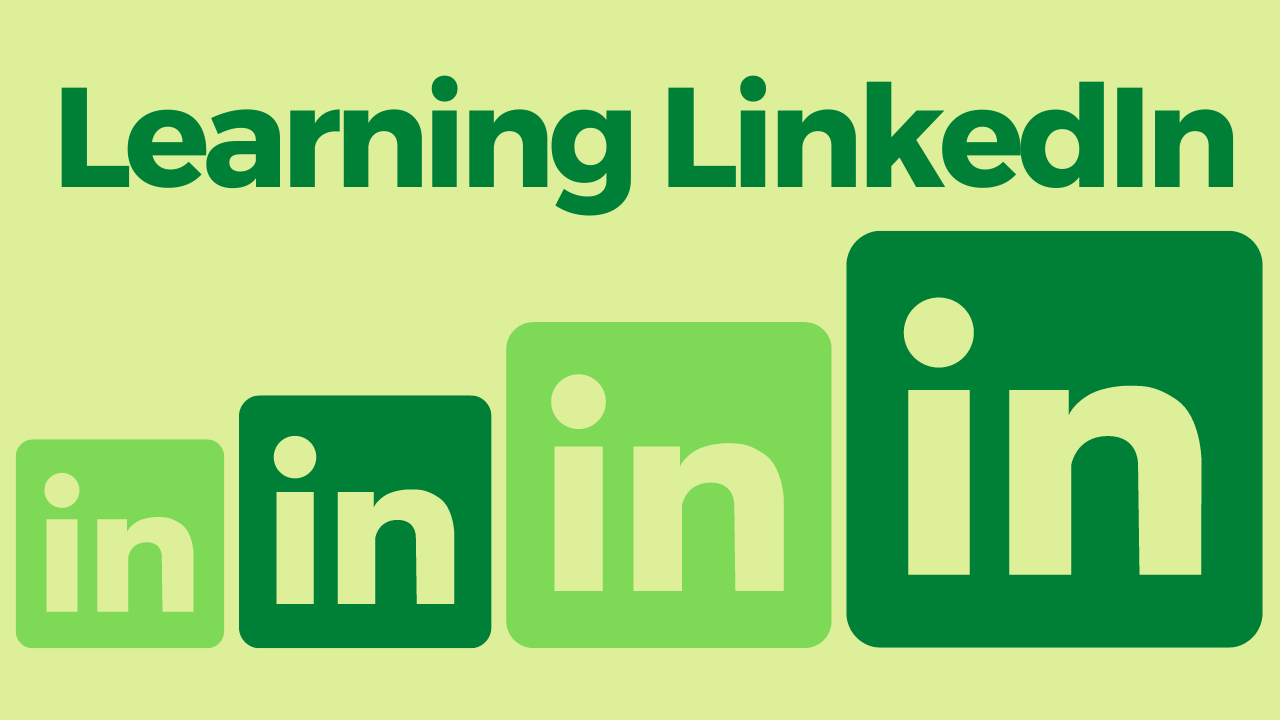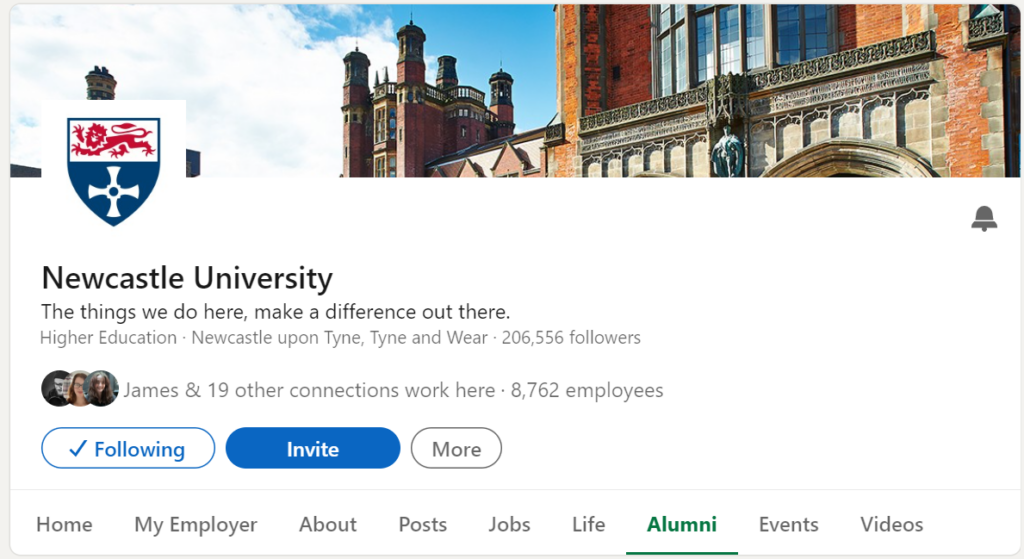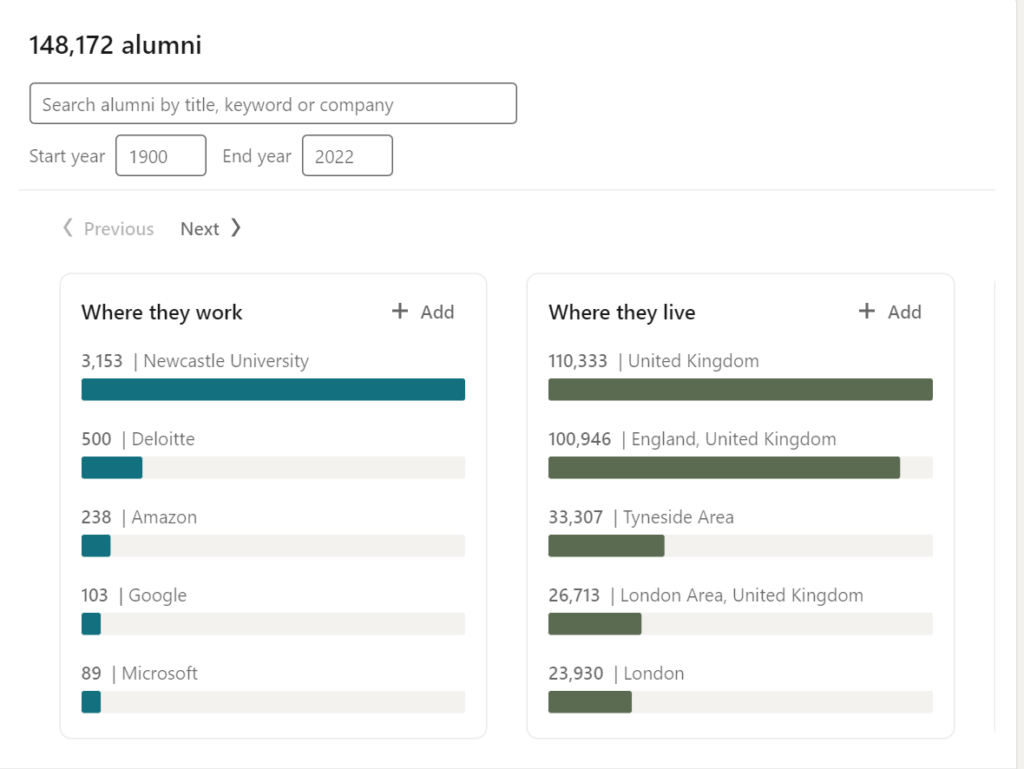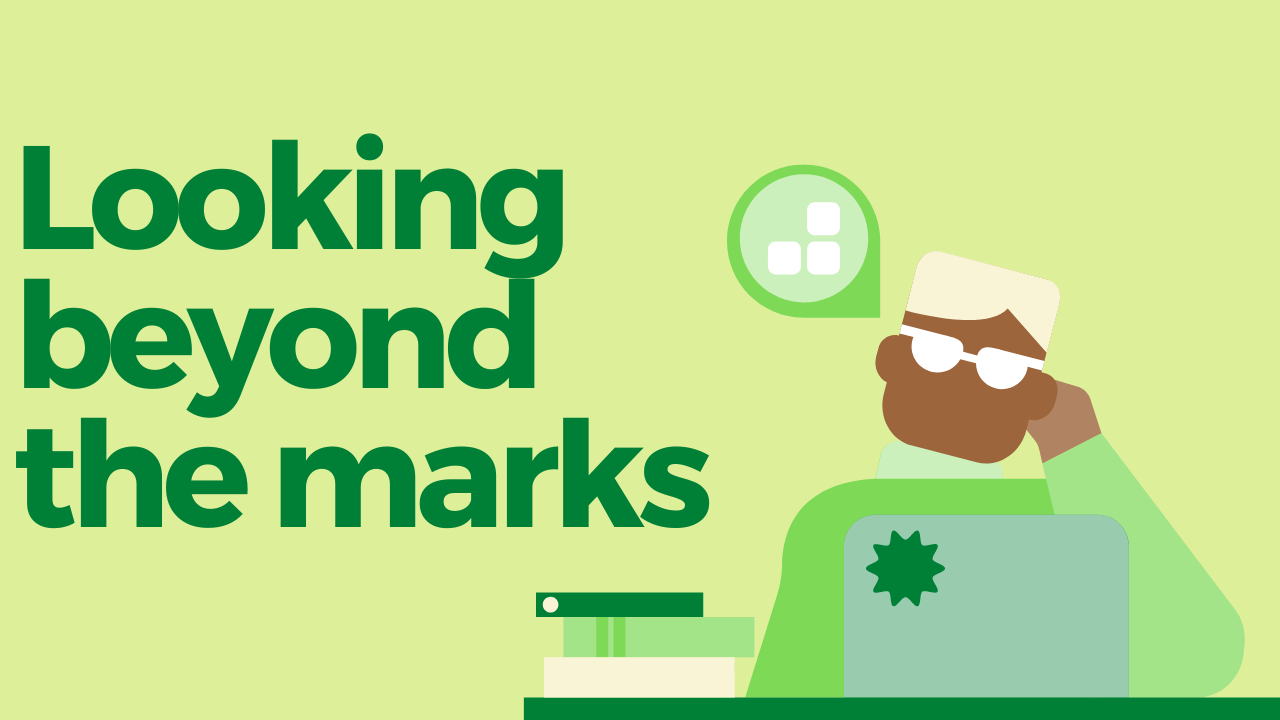To really stand out during interviews and other stages of your application, you need to know what you are talking about. But not just the theory you’ve learnt in class. You need to know what is happening in the industry now, otherwise, you might come across as out of touch.
Being aware of what is happening in a certain industry is no small feat, however, especially with computing and the multitude of fields and rates at which it develops. Even when you focus on a certain industry, there is so much to unpack. So how do you make sure that you come across as knowledgeable?
Podcasts
One of the most dominant types of media now is podcasts. If you can think of it, chances are there is a podcast for it. That’s good news for us as it means we have accessible and easy-to-digest content we can engage with whenever we want. You can listen while you’re working, exercising or just pottering around.
Just looking at Spotify, there are countless podcasts centred around computing and technology. With many releasing frequent episodes, it is an easy way to keep up to date with the industry. Interested in a specific topic? Searching through Spotify not only gives you a list of podcasts that might be relevant, but specific episodes as well, meaning you can pick and choose what you want to listen to!
Here are just a few podcasts I found that you could check out if you aren’t sure what to listen to.
General
Even if you are only slightly engaged with the tech industry, chances are you have heard of the YouTube channel Linus Tech Tips. They also have a podcast called The Wan Show! In it they discuss the current goings on in the technology industry in frequent and lengthy episodes.
The saving grace of any stumped programmer, Stack Overflow is a fantastic internet resource. But it is also a podcast you can check out. On the Stack Overflow podcast, they host important conversations and fascinating guests that will help you understand how technology is made and where it’s headed.
When you hear Wall Street Journal, your mind may immediately go to business and economics, but you should also consider the excellent technology podcast under its umbrella as well. With new episodes every weekday on the latest and greatest news in the tech industry as well as interviews with leading minds, this is one you should absolutely check out. And each episode is only 15 minutes long so it won’t take too long to listen to.
Games
Hosted by Game Writer Alanah Pierce, The Play Watch Listen Podcast gives four unique perspectives on the game industry and what is currently happening within it. Alongside Alanah, there is Troy Baker (voice actor), Mike Bithell (game director) and Austin Wintory (game composer).
While less towards game development and programming, the IGN UK Podcast provides an easy-to-understand view of where the game industry is now, hopefully providing some context or ideas regarding any projects you may be working on.
While the IGN UK Podcast is aimed towards a more casual gamer or media consumer, the GameIndustry.biz Podcast focuses on developers and the industry itself. Talking about the intricacies of development and insight into trends in the industry, this podcast is highly recommended for those wanting to brush up on the game industry.
AI and Data Science
Nvidia is one of the leading companies in the tech industry, so the opportunity to gain insight into what they are doing and discussing should be taken. Thankfully they have a podcast or two. The AI podcast is a biweekly 25-minute interview with some of the most interesting minds working in various industries and how they are using artificial intelligence.
Practical AI: Machine Learning, Data Science
Another great AI podcast that features content for people of all levels including technology professionals, businesspeople, students and enthusiasts, Practical AI is a perfect place to start if you are interested in getting involved with artificial intelligence.
A go-to podcast about everything data science that credits itself on having no fluff and focusing on the information you want to know. Each episode tends to be less than half an hour long, so it won’t be too much of a commitment to get into!
Cyber Security
While not really one for those with experience in cyber security, Cyber Security Simplified is a great place to get started with this industry. They also offer simple and succinct explorations of the latest cybersecurity trends, threats and news so it is a great resource to keep up to date with what is going on in the industry.
More narrative-driven, Darknet Diaries gives case studies of the darker side of the internet and the world of hacking, data breaches and cybercrime. It may not teach you too much about cybersecurity, but it may provide an interesting perspective.
This podcast gives an expert look at the cyber security incidents happening now, how they happened and why. These real-world case studies should help improve your understanding of what is happening in the industry currently, and then apply it to your applications.
These are only a handful of podcasts I’ve found on a single podcasting site. They are a fantastic resource you should try at least once. Some won’t appeal to you and that’s okay, just take some time to try and figure out what does and doesn’t work for you.

